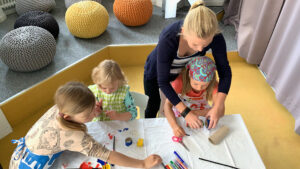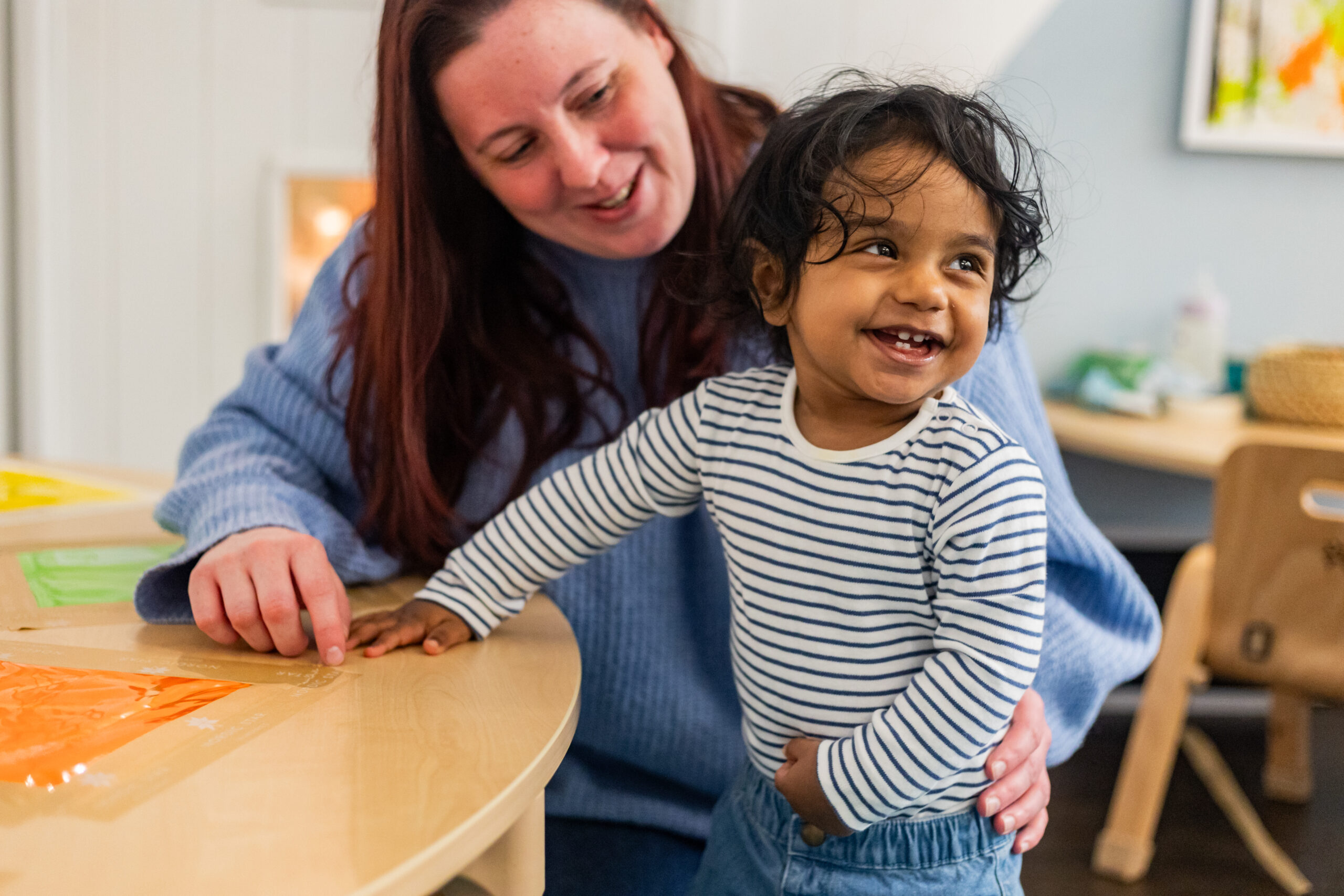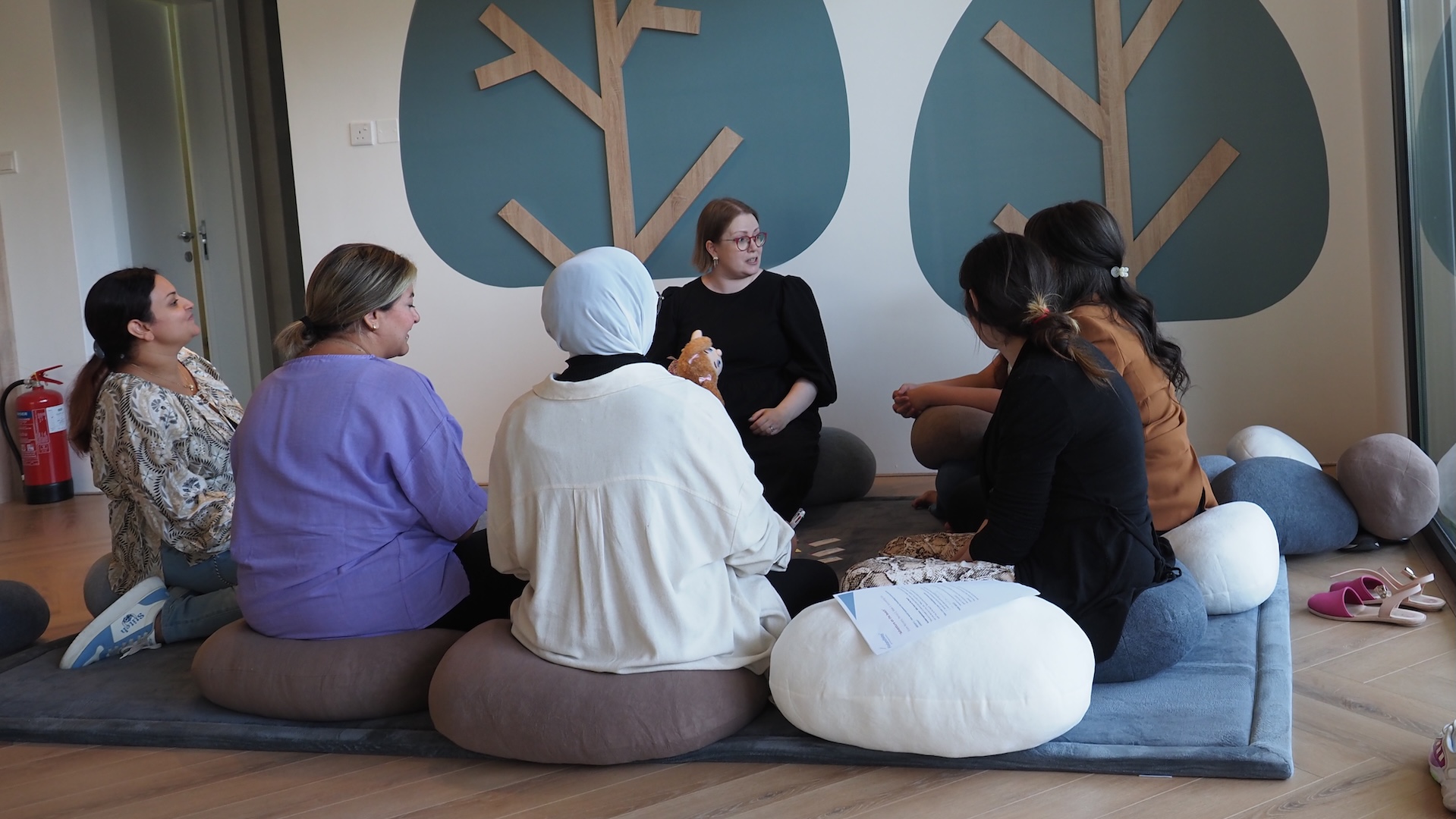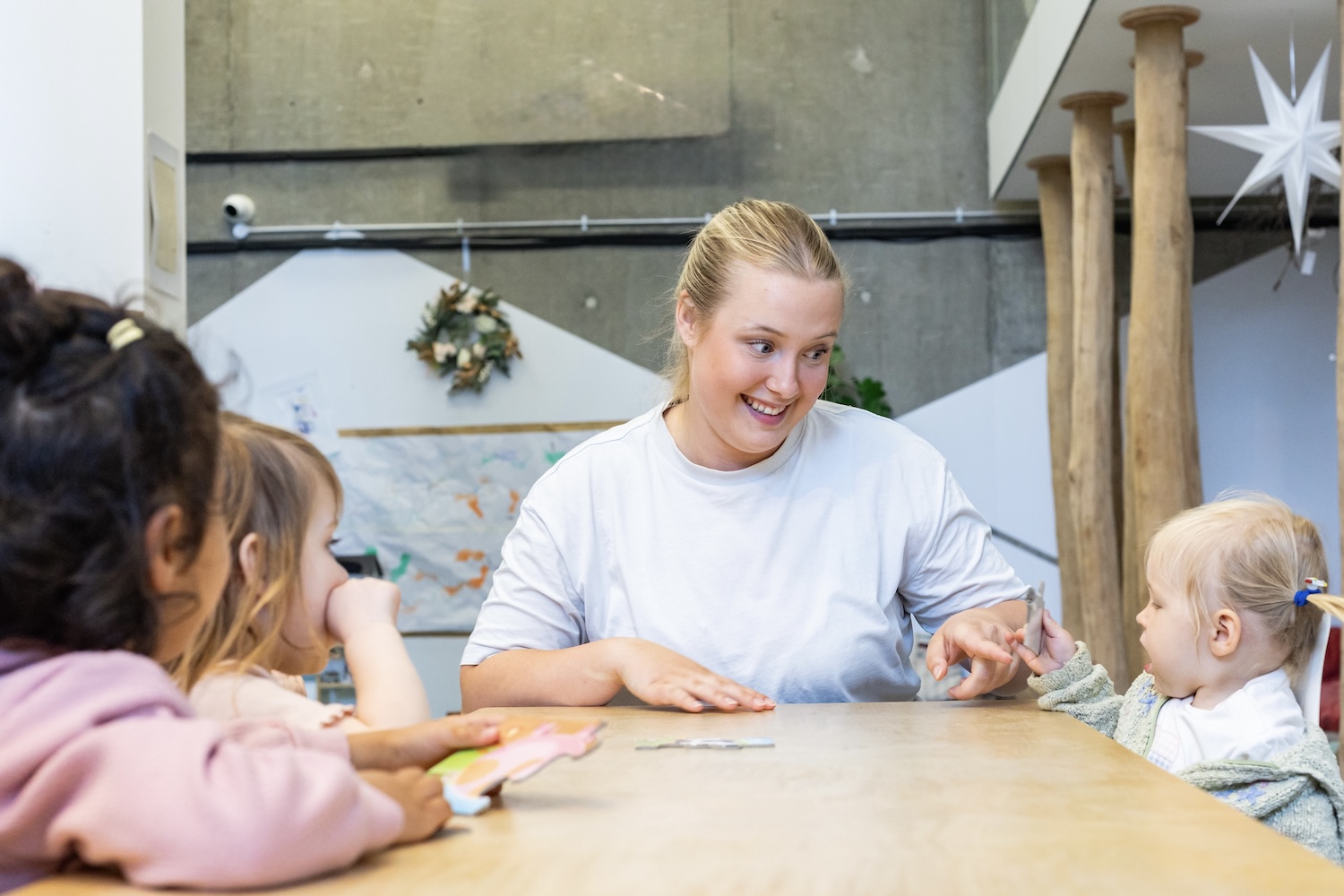As the world continues to evolve, so do the skills and values that children need from the very start. In Finland, early childhood education is not merely about school readiness—it’s a holistic approach to nurturing the whole child.
In this article, we’ll explore how Finland’s model stands out, why it’s internationally admired, and what other countries can learn from its success. You’ll also find a helpful video (see below), insights into the daily life of Finnish preschools, and answers to questions many parents have.
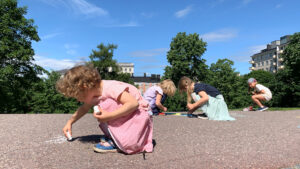
The video will appear here
What Makes Finland’s Early Childhood Education So Unique?
A Child’s Right to Learn and Grow
In Finland, early childhood education and care (ECEC) is a legal right for every child . But beyond access, what truly makes it special is the philosophy behind it. It’s not just about academic achievement, it’s about building a solid foundation for life.
- Children are seen as active participants, not passive learners.
- The system emphasises inclusion, equity, and well-being.
- Play is viewed as essential to learning, not separate from it.
Core Principles of Finland’s ECEC System
At the heart of Finland’s early childhood education and care (ECEC) is a simple, profound belief: every child has the right to well-being, care, and growth. This isn’t just a philosophy—it’s embedded in national legislation and pedagogical design.
The Finnish system is built on the Act on Early Childhood Education and Care, which mandates that the best interest of the child must always be the primary consideration. This commitment drives every decision in planning, teaching, and evaluating ECEC.
ECEC in Finland is :
– A goal-oriented blend of education, instruction, and care.
– Rooted in pedagogy that is both systematic and adaptive.
– Regularly evaluated and developed, ensuring that children’s learning, well-being, and holistic development are continuously supported.
Children aren’t rushed toward academic benchmarks. Instead, they are gently guided to discover, explore, and learn in their own time, always with respect for their individual pace and interests.
Role of Parents in Early Childhood Education
Finnish early education thrives on deep, respectful cooperation with families. This partnership isn’t a checkbox—it’s foundational.
ECEC teachers are trained to initiate and maintain open dialogue with parents, based on trust, empathy, and professional understanding. From the earliest moments, often starting with home visits or joint playtime at the preschool or nursery, families are welcomed as partners.
Key elements of parental cooperation
- Shared understanding of the child’s well-being, through regular dialogue and joint observations.
- Two to three annual discussions (e.g., during the ECEC education plan meetings), where teachers and parents reflect together on development, support needs, and goals.
- Active parent participation during transitions, such as when a child starts ECEC, moves within the system, or enters primary school.
- A collaborative tone even in challenging situations, including cases requiring special support.
A day at a FinlandWay® Preschool
What Does a Typical Day Look Like?
While traditional Finnish preschools blend routines with discovery, FinlandWay® adds a unique structure to the day. Throughout the day, teachers observe and scaffold, stepping back to allow children’s own voices and choices to lead the way. The rhythm shifts gradually from teacher-guided sessions to peer-led exploration. Structure guides teachers to support child-initiated play and emphasises participatory learning, one of the three pedagogical cornerstones of FinlandWay®
This model nurtures independent thinking, joy of learning, and a life-long curiosity, values that mirror Finland’s national ECEC ethos, but with enhanced flexibility and international scalability.
Why the Finnish Model Inspires the World
Global Recognition and Lessons to Learn
Global trends in early childhood education are shifting from test-driven learning to child-centred, play-based, and holistic development. Finland stands at the forefront of this change.
Countries around the world are looking to Finland for:
- A well-being-first mindset that prioritises joy, emotional security, and play.
- Evidence-based practices and pedagogy
- Equity and access, ensuring that every child, regardless of background, receives quality education.
- Nature-rich, experiential learning environments, where outdoor exploration is just as valued as indoor instruction.
Finland’s approach proves that we don’t have to choose between care and curriculum, or between structure and freedom. When we trust children and the professionals who teach them, education becomes not only effective but deeply humane.

🔗 External Articles You May Like:
- UNICEF – Finland’s Early Childhood Model
- OECD – Early Childhood Education Country Profiles
- The Guardian – Why Finland Has the Best Schools
Frequently Asked Questions (FAQ)
Q1: What are the main principles of ECEC in Finland?
A: Finland focuses on children’s right to well-being, care, and growth. There is a strong emphasis on play and emotional security. The system supports every child’s individuality.
Q2: What is the parents role in early childhood education in Finland?
A: Parents are active partners in early education and they are frequently invited to ECEC education plan meetings.
Q3: How is FinlandWay® different from Finnish early education?
A: FinlandWay® offers a more structured, internationally scalable structure to preschools and nurseries around the world who want to start Finnish style early years education in their location. FinlandWay® follows the same principles and methodology as Finnish preschools but offers greater support to partners around the world.
Conclusion : A Nurturing Start for Lifelong Learning
Finland’s model of early childhood education is not just a system. It’s a philosophy of respect, care, and development. By prioritising children’s rights, wellbeing, and collaboration with families, it sparks curiosity and offers a holistic foundation for life.
If other nations wish to strengthen their educational foundations, Finland’s example offers inspiration, practical guidance, and a reminder that how we start matters.

